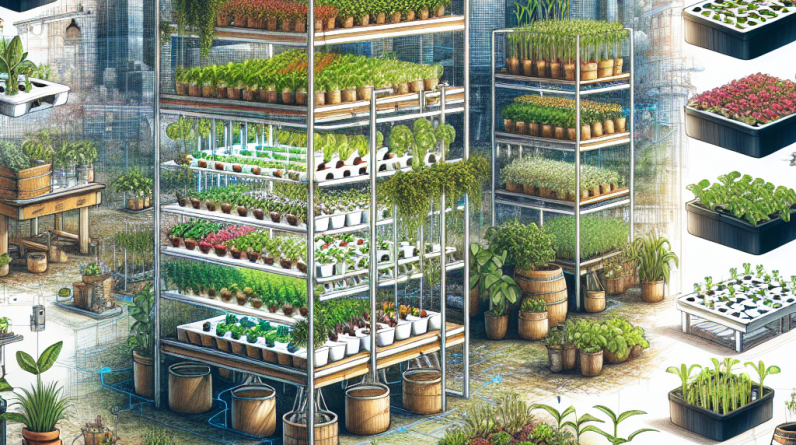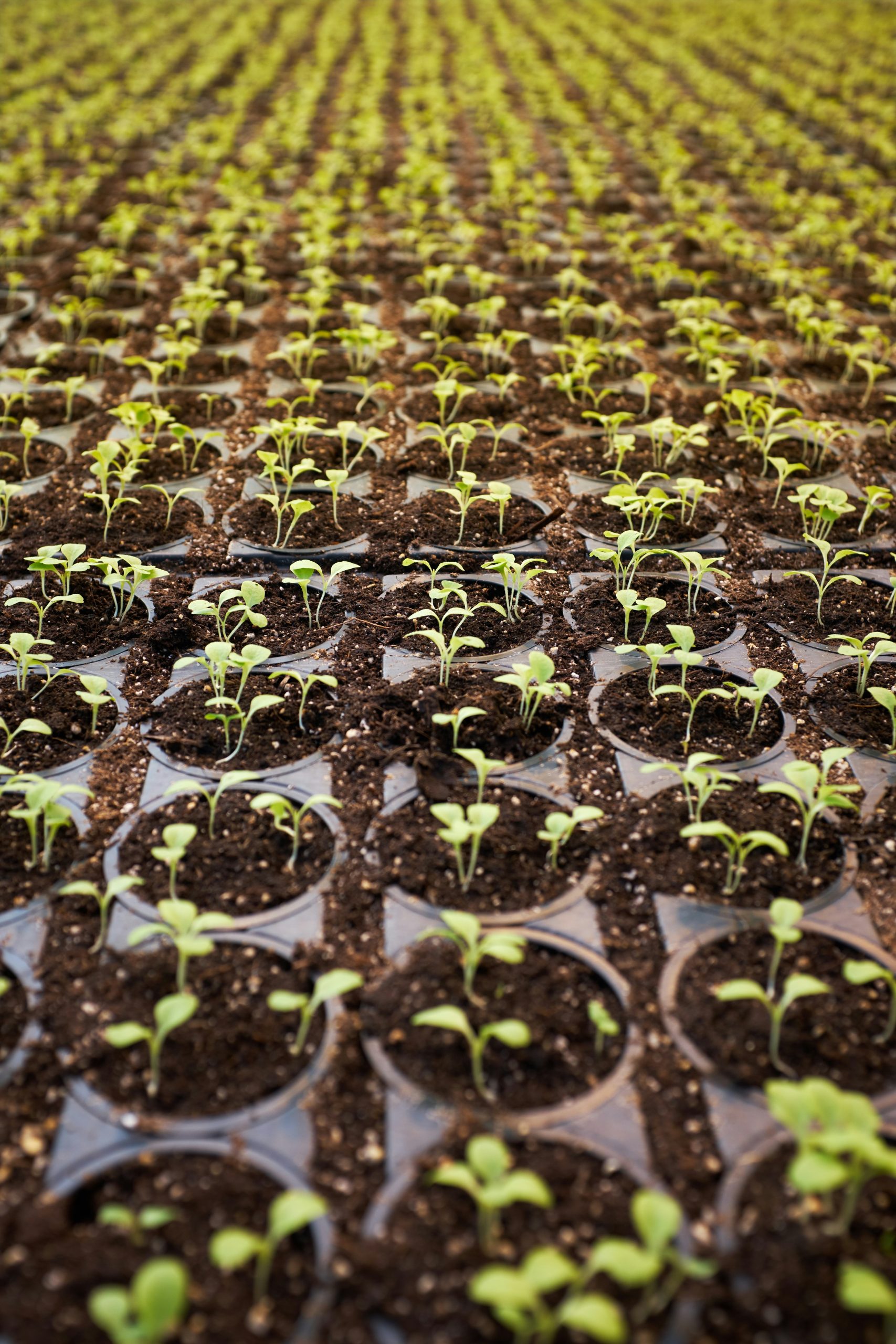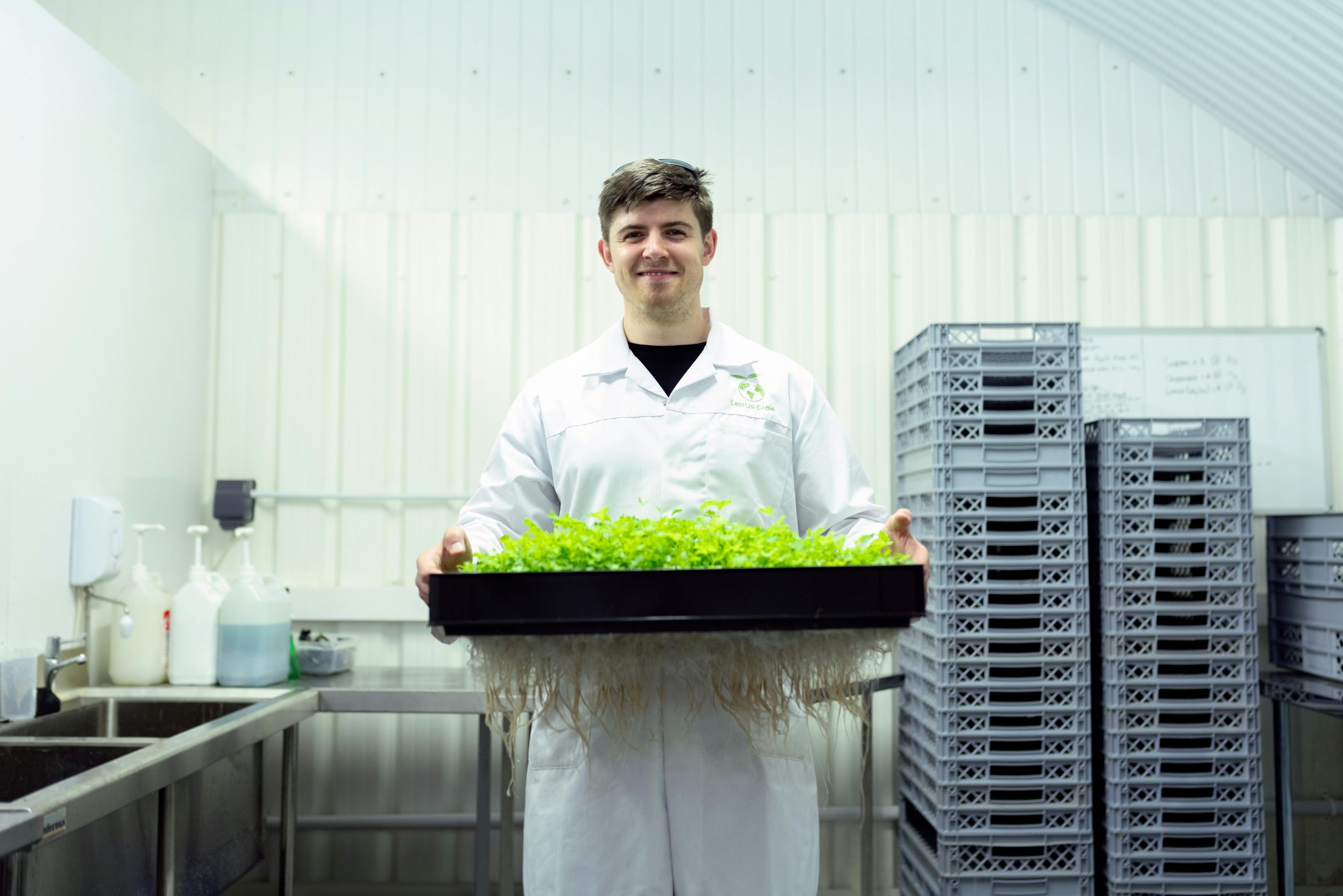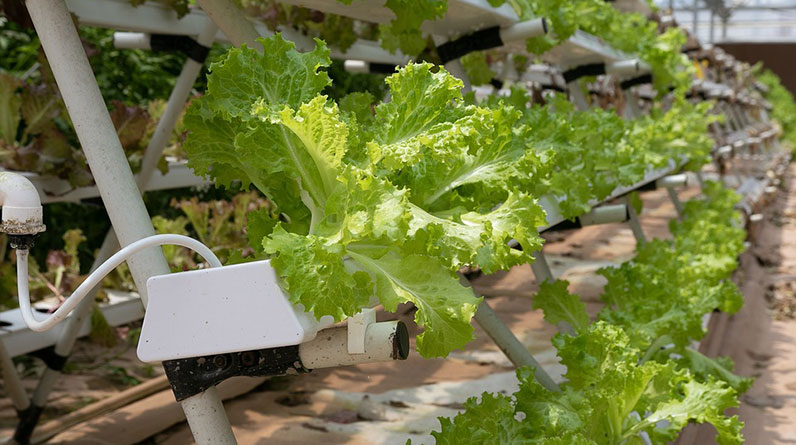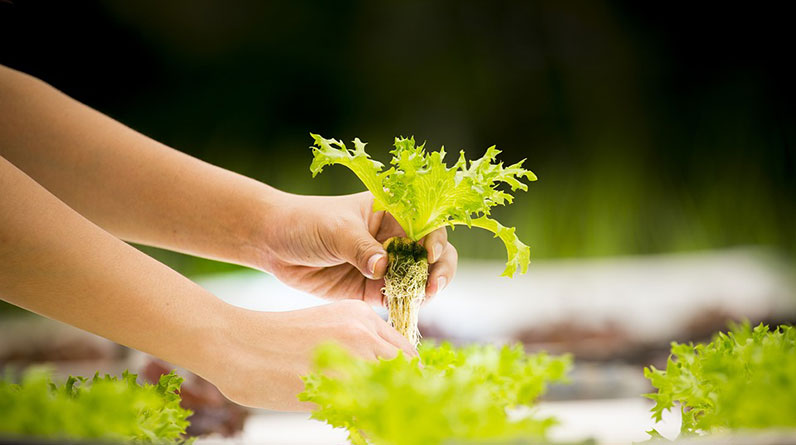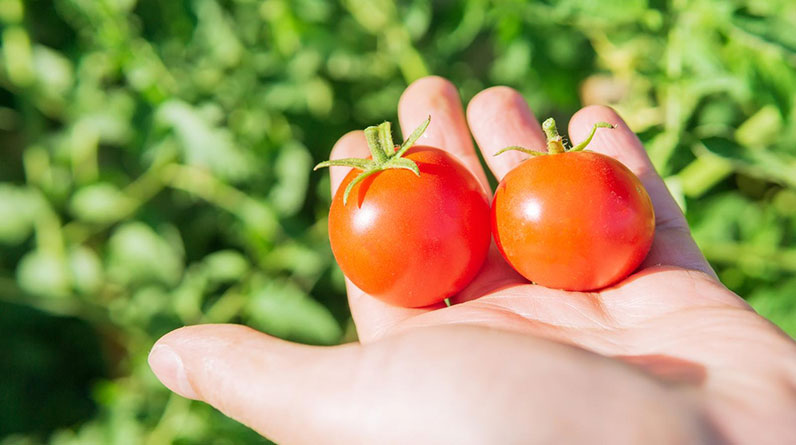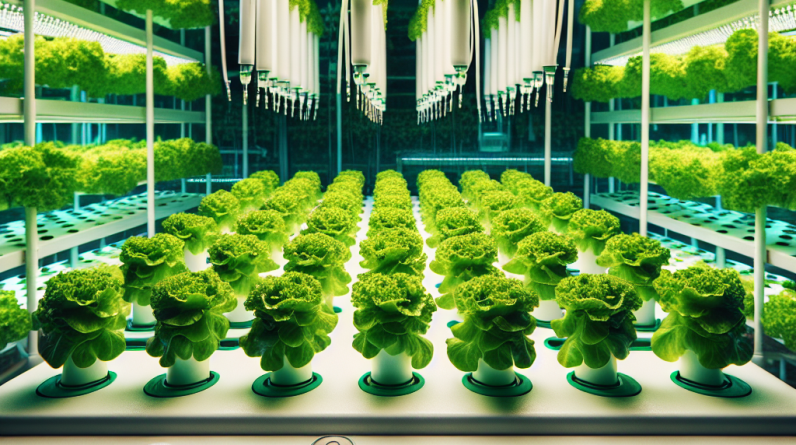
- 1. Optimize Light Exposure for Hydroponic Lettuce
- 2. Select the Right Hydroponic System
- 3. Maintain Ideal Nutrient Solution Balance
- 4. Regulate Temperature and Humidity
- 5. Implement Automated Monitoring Technologies
- 6. Use High-Quality Growing Media
- 7. Practice Disease Prevention and Control
- 8. Optimize Water pH and Electrical Conductivity
- 9. Incorporate Sustainable and Organic Practices
- 10. Plan for Year-round Production
1. Optimize Light Exposure for Hydroponic Lettuce
Maximize Natural Sunlight
In 2025, optimizing light exposure remains crucial for successful lettuce grow hydroponics. Utilizing natural sunlight is the most economical and energy-efficient method. Position your hydroponic systems close to south-facing windows or outdoor gardens to maximize sun intake. If natural light is limited, consider supplemental LED grow lights tuned specifically for leafy greens. An optimal light schedule for lettuce typically involves 12-16 hours of light daily.
Research indicates that lettuce grown with ample light develops better leaf color, texture, and overall yield. In urban or indoor settings, utilize adjustable light systems that simulate the sunâs spectrum. Precise control of light intensity and duration can significantly increase biomass production while reducing energy costs. Consider deploying smart lighting systems that adapt automatically based on natural light availability.
Use of Artificial Lighting
For indoor lettuce grow hydroponics setups, LED grow lights are the gold standard in 2025. They are energy-efficient, customizable, and produce minimal heat, reducing the risk of heat stress on your plants. Position lights around 12-18 inches above the lettuce canopy, and use light schedules to mimic the natural day/night cycle.
Investments in full-spectrum LED lighting can enhance photosynthesis, leading to quicker growth cycles and healthier leaves. Remember to adjust light intensity and duration based on the growth stageâseedlings require less intense light, while mature plants benefit from full-spectrum, high-intensity illumination. Proper lighting is a key determinant of success in lettuce grow hydroponics projects.
2. Select the Right Hydroponic System
Popular Hydroponic Configurations for Lettuce
Choosing the appropriate hydroponic system is foundational for a successful lettuce grow hydroponics venture. In 2025, popular options include Nutrient Film Technique (NFT), Deep Water Culture (DWC), and Vertical Tower Systems. Each has unique advantages depending on space, budget, and scale.
For example, NFT systems are highly efficient for quick-growing leafy greens like lettuce, offering well-oxygenated roots and easy nutrient access. Vertical systems maximize space, ideal for urban farms. DWC setups are low-cost and simple to maintain, making them perfect for small-scale growers seeking quick results.
Factors to Consider When Choosing a System
When selecting a hydroponic system for lettuce grow hydroponics in 2025, consider factors such as available space, budget, maintenance complexity, and scalability. Systems that allow easy monitoring of nutrient flow and root health can significantly improve productivity. Additionally, look for systems that support automation and integration with monitoring tools, which are key trends for 2025 growers.
Investing in a flexible system compatible with different lettuce varieties can future-proof your setup. Test different configurations to find what works best for your specific environment and goals. Flexible systems enable you to adapt as technology and techniques evolve in the industry.
3. Maintain Ideal Nutrient Solution Balance
Essential Nutrients for Lettuce
The foundation of healthy lettuce in hydroponics is the nutrient solution. Lettuce requires a balanced mix of macronutrients like nitrogen, phosphorus, and potassium, along with trace elements such as magnesium, calcium, and iron. In 2025, precision nutrient management is more accessible thanks to advanced testing kits and automation tools.
Ensuring proper nutrient levels helps prevent common issues like nutrient deficiencies or toxicities, which can compromise growth and quality. Regularly testing and adjusting the solution ensures plants receive the exact nutrients needed for vigorous growth.
Monitoring and Adjusting Nutrients
Use digital EC meters and pH controllers to maintain the optimal electrical conductivity and pH levelsâgenerally around 5.5 to 6.5 for lettuce. Automated dosing systems can help keep nutrient concentrations steady, reducing manual labor.
In 2025, data-driven nutrient management is increasingly popular. Implement software that tracks your solution’s nutrient content over time, allowing you to make informed adjustments. This proactive approach optimizes growth rates and enhances the quality of your hydroponically grown lettuce.
4. Regulate Temperature and Humidity
Controlling the Environment for Fast Growth
Maintaining the correct temperatureâaround 65-75°F (18-24°C)âis essential for lettuce grown hydroponically. Excessive heat or cold can stunt growth or cause bolting. In 2025, HVAC and climate control systems are more sophisticated and energy-efficient, making it easier to create a stable environment.
Similarly, humidity levels should be kept around 50-70% to promote healthy transpiration and prevent diseases. Using dehumidifiers or humidifiers in controlled environments can maintain ideal humidity, especially in indoor or greenhouse settings.
Automation for Temperature & Humidity Control
Smart sensors linked with climate control systems can automatically adjust heating, cooling, and humidity levels, reducing manual intervention. Implementing these systems helps maintain consistent conditions, resulting in faster and more uniform lettuce growth.
Consistent environmental control directly correlates with higher yields and better leaf qualityâkey goals for lettuce grow hydroponics in 2025. Proper climate regulation minimizes stress and disease, setting a stage for optimal production.
5. Implement Automated Monitoring Technologies
Using IoT Devices for Precision Farming
In 2025, Internet of Things (IoT) devices have revolutionized how hydroponic lettuce is cultivated. Sensors monitoring pH, EC, temperature, and humidity provide real-time data, allowing you to make immediate adjustments.
Automated systems alert you to irregularities and even adjust nutrient dosing or lighting automatically. This level of precision reduces waste, lowers operational costs, and improves crop quality. Many commercial growers report up to 20% higher yields after adopting these technologies.
Data-Driven Decision Making
Data analytics helps identify trends and optimize your lettuce grow hydroponics setup. By tracking environmental parameters and growth metrics, you can fine-tune your parameters over time. This leads to more consistent harvests and healthier plants.
Investing in automation and monitoring systems is becoming standard practice in 2025. These tools allow even small-scale growers to produce high-quality lettuce efficiently and sustainably.
6. Use High-Quality Growing Media
Choosing the Best Media for Hydroponic Lettuce
The medium supports root growth, oxygenation, and nutrient retention. In 2025, growers prefer inert, sterile, and sustainable media such as coconut coir, perlite, or rockwool. These materials provide excellent drainage and aeration, which are vital for healthy lettuce roots.
High-quality media also reduces the risk of disease and pests that can compromise your hydroponic crop. For instance, rockwool offers excellent water retention and supports rapid growth, making it popular among professional growers.
Media Management Tips
Regularly inspect your growing media for buildup or contamination. Keep media sterile and replace or sterilize it periodically to prevent pathogen buildup. Proper media handling ensures optimal root development and nutrient uptake.
Using premium media contributes to overall system efficiency and crop health, crucial for lettuce grow hydroponics projects aiming for commercial-grade quality in 2025.
7. Practice Disease Prevention and Control
Common Diseases in Hydroponic Lettuce
Despite the controlled environment, lettuce hydroponics systems can face issues like root rot, powdery mildew, and bacterial blights. Staying vigilant and proactive is your best defense in 2025. Regularly sterilize equipment, maintain proper airflow, and avoid overwatering.
Biological controls and natural pathogen suppressants are gaining popularity as chemical alternatives. Using beneficial microbes can help protect your lettuce crop against common diseases without compromising organic standards.
Integrated Pest and Disease Management
Implement integrated pest management (IPM) strategies tailored for hydroponic lettuce. Use scouting techniques, beneficial insects, and environmental controls to reduce pest populations and disease outbreaks. Keep humidity and temperature in optimal ranges to minimize pathogen proliferation.
Early detection is key. Regular inspection and maintaining clean systems will prevent major losses, ensuring your lettuce grow hydroponics remains productive and sustainable in 2025.
8. Optimize Water pH and Electrical Conductivity
Maintaining the Correct pH Level
Lettuce prefers a pH between 5.5 and 6.5 for optimal nutrient absorption. In 2025, regular testing and adjusting the pH of your nutrient solution is easier with digital pH meters. Keeping the pH within this range prevents deficiencies and toxicities that hinder growth.
Consistent pH management supports healthy leaf development and ensures uniformity in crop quality. Small adjustments made regularly are more effective than large, infrequent changes.
Managing Electrical Conductivity (EC)
EC indicates the total dissolved salts in your nutrient solution. For lettuce, maintaining an EC of approximately 1.2-2.0 mS/cm is ideal. Automated dosing systems can help regulate this parameter, reducing manual labor and guesswork.
Proper EC levels ensure your lettuce receives the right amount of nutrients without overload, thereby reducing waste and improving crop health. Incorporating regular testing into your routine is critical for effective lettuce grow hydroponics.
9. Incorporate Sustainable and Organic Practices
Eco-Friendly Hydroponics in 2025
Sustainable practices are a priority for many lettuce growers in 2025. Using organic nutrient sources, recyclable media, and energy-efficient lighting reduces environmental impact. This not only benefits the planet but also appeals to eco-conscious consumers.
Implementing rainwater harvesting and renewable energy sources further enhances sustainability. Such practices can also reduce operational costs long-term, making your hydroponic system more profitable and eco-friendly.
Organic Certification and Market Demand
Growing organic lettuce through hydroponics requires careful control of inputs and adherence to certification standards. Consumers increasingly seek organic, pesticide-free produce, and hydroponic lettuce can meet this demand when managed sustainably.
Stay informed about the latest regulations and best practices for organic hydroponic systems to maximize market access and consumer trust in 2025.
10. Plan for Year-round Production
Extending the Growing Season
In 2025, advanced climate-control systems and high-efficiency lighting make year-round lettuce grow hydroponics feasible even in colder climates. Using greenhouses or indoor farms, you can produce fresh lettuce every season.
Implementing modular and scalable systems allows you to adjust crop cycles according to demand, reducing seasonal gaps. This approach maximizes revenue potential and stabilizes supply chains.
Crop Rotation and Staggered Planting
Stagger planting schedules and crop rotation help maintain continuous harvests. In 2025, automation can assist with scheduling, monitoring, and optimizing multiple crops in the same space. This strategy ensures a steady supply of fresh, healthy lettuce throughout the year.
Planning for consistent production supports both small-scale hobbyists and commercial growers aiming for profitability and sustainability in their lettuce grow hydroponics operations.
Conclusion
Mastering the art of lettuce grow hydroponics in 2025 involves embracing innovative strategies that optimize growth, sustainability, and efficiency. From selecting the right system to leveraging automation, each of these 10 effective strategies plays a vital role in achieving successful harvests and high-quality produce. Whether you’re a beginner or an experienced grower, integrating these approaches will help you stay ahead in the fast-evolving world of hydroponic lettuce cultivation. Remember, continuous learning and adaptation are keyâso keep experimenting and refining your methods for the best results in 2025 and beyond!
Frequently Asked Questions
1. What is the best hydroponic system for lettuce grow hydroponics in 2025?
In 2025, popular options include Nutrient Film Technique (NFT), Deep Water Culture (DWC), and vertical tower systems, each suited for different scales and environments.
2. How can I improve lettuce yields in hydroponics?
Optimizing light, maintaining proper nutrient balance, controlling environmental conditions, and using high-quality media are key factors that enhance yields.
3. Is lettuce grow hydroponics more sustainable than soil farming?
Yes, especially when using organic inputs and energy-efficient systems, lettuce grow hydroponics can reduce water usage and eliminate soil-related diseases, making it more sustainable.
4. How do I prevent diseases in hydroponic lettuce systems?
Implementing strict sanitation, monitoring environmental conditions, and using biological controls help prevent common diseases like root rot and mildew.
5. Can I grow lettuce hydroponically year-round in 2025?
Absolutely! With advanced climate control and lighting, year-round production is achievable in 2025, regardless of your climate zone.



